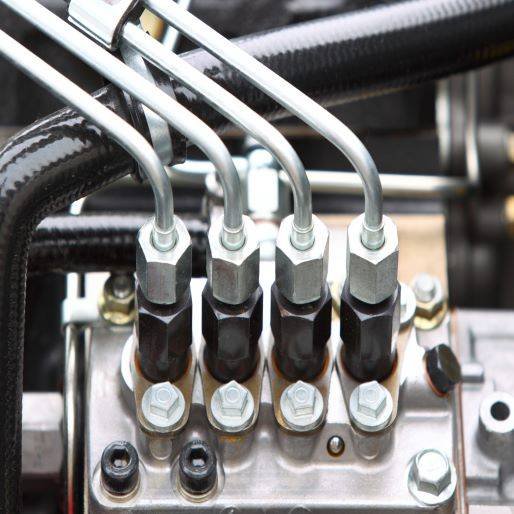Exploring Different Types of Fuel Injectors: Port Fuel Injectors, Direct Fuel Injectors, and Throttle Body Injectors

Introduction
Fuel injectors play a crucial role in the efficient functioning of an internal combustion engine. They are responsible for delivering the right amount of fuel into the engine cylinders at the precise moment for optimal combustion. In this article, we will explore three common types of fuel injectors: port fuel injectors, direct fuel injectors, and throttle body injectors.
1. Port Fuel Injectors
Port fuel injectors, also known as multi-port fuel injectors, are widely used in modern gasoline engines. These injectors are typically located near the intake valves, and each cylinder has its own injector. The fuel is injected into the intake manifold or port, just before the intake valve. This design allows for a more even distribution of fuel to each cylinder, resulting in improved fuel efficiency and performance. Port fuel injectors operate by spraying fuel into the intake port during the intake stroke. The fuel is then mixed with the incoming air, forming a homogeneous air-fuel mixture. This mixture is then drawn into the combustion chamber during the compression stroke, where it is ignited by the spark plug.
2. Direct Fuel Injectors
Direct fuel injectors, also known as gasoline direct injection (GDI) or petrol direct injection (PDI), have gained popularity in recent years due to their ability to improve fuel efficiency and reduce emissions. Unlike port fuel injectors, direct fuel injectors deliver fuel directly into the combustion chamber, near the spark plug. Direct fuel injectors operate by using a high-pressure fuel pump to deliver fuel at a much higher pressure than port fuel injectors. This high-pressure fuel is then sprayed directly into the combustion chamber during the intake stroke. By injecting fuel directly into the combustion chamber, the fuel is better atomized, resulting in more efficient combustion and improved power output.
3. Throttle Body Injectors
Throttle body injectors, also known as single-point injectors or throttle body fuel injection (TBI), were commonly used in older fuel injection systems. These injectors are located in the throttle body, which is responsible for regulating the airflow into the engine. Throttle body injectors operate by spraying fuel into the throttle body, just above the throttle plate. As the throttle plate opens, the fuel is drawn into the intake manifold and distributed to the cylinders. While throttle body injectors are less efficient than port fuel injectors or direct fuel injectors, they are simpler in design and can be more cost-effective.
Additional Types of Fuel Injectors
In addition to the three main types mentioned above, there are several other types of fuel injectors used in specific engine applications. These include: – Common Rail Injectors (CRI): Common rail injectors are commonly used in diesel engines. They operate by storing fuel at high pressure in a common rail and then injecting it into the combustion chamber when required. – Electronic Control Unit Injectors (ECUI): ECUI injectors are used in electronic fuel injection systems, where the fuel delivery is controlled by an electronic control unit (ECU). These injectors provide precise fuel delivery based on various engine parameters. – Multi-Point Fuel Injectors (MUI): MUI injectors are similar to port fuel injectors, but they have multiple injection points within the intake port. This design allows for even better fuel distribution and improved performance. – Hydraulic Electronic Unit Injectors (HEUI): HEUI injectors are commonly used in some diesel engines. They use hydraulic pressure to control the fuel injection process, providing precise fuel delivery and improved combustion efficiency. – N14 Injectors: N14 injectors are specific to the N14 Cummins engine, which is commonly used in heavy-duty trucks. These injectors are designed to meet the specific requirements of this engine model. – ISX Series 60 Injectors: ISX Series 60 injectors are specific to the ISX Series 60 engine, which is widely used in heavy-duty applications. These injectors are designed to provide optimal fuel delivery for this engine model.
Conclusion
Understanding the different types of fuel injectors is essential for anyone interested in the inner workings of internal combustion engines. Port fuel injectors, direct fuel injectors, and throttle body injectors each have their own advantages and applications. Additionally, other types of fuel injectors, such as CRI, ECUI, MUI, HEUI, N14, and ISX Series 60 injectors, cater to specific engine requirements. By choosing the right type of fuel injector, engine performance, fuel efficiency, and emissions can be optimized.
